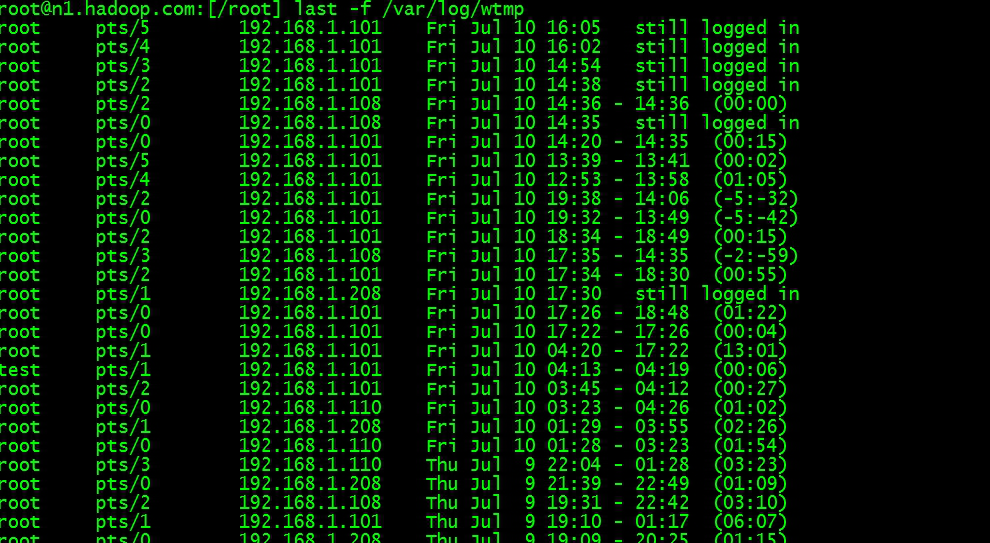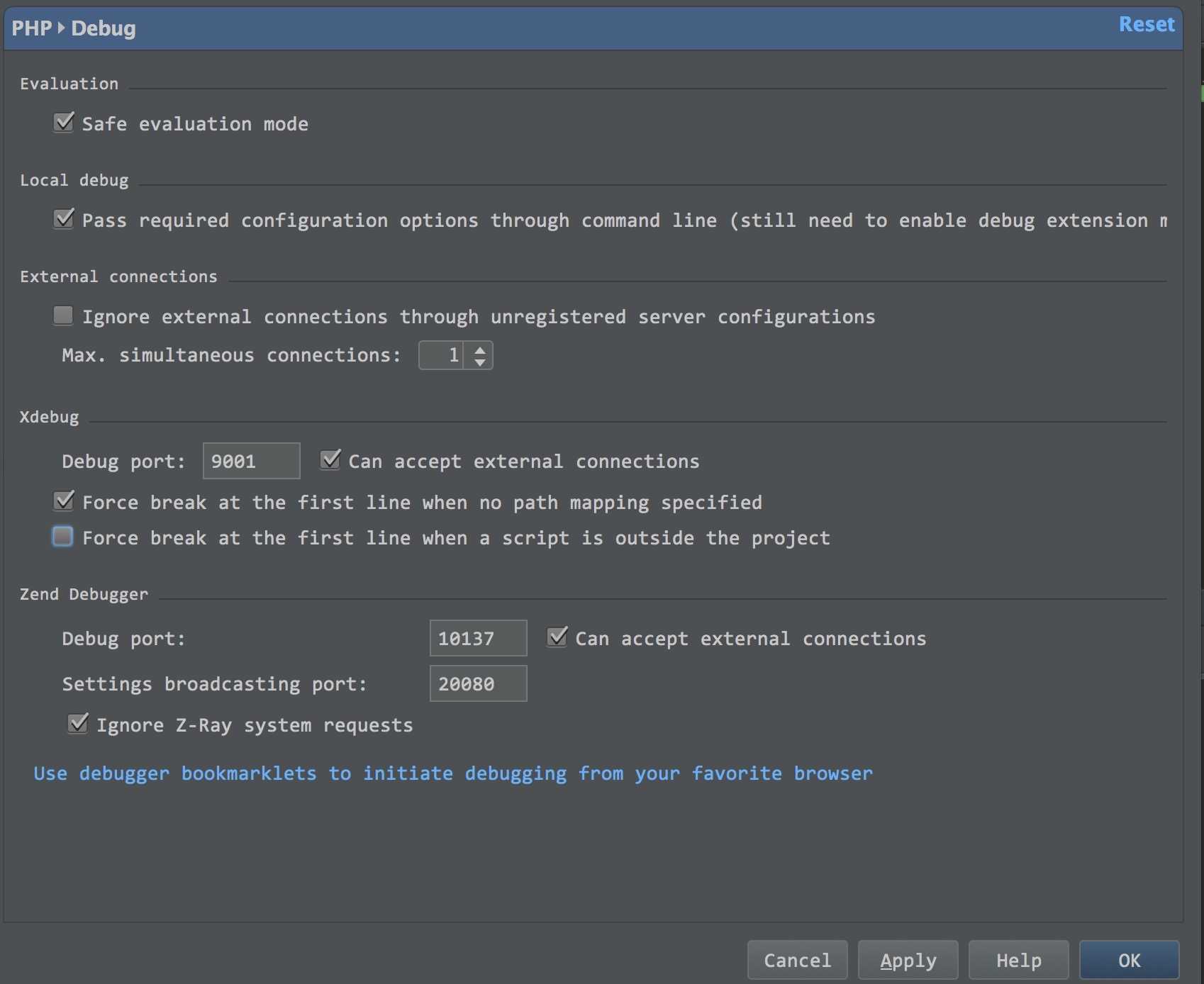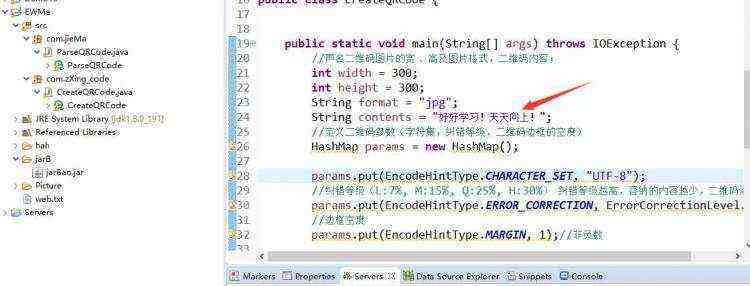 Here is a small write-up which should help those who still write plain Java JDBC code. I know we have some wonderful persistence frameworks like Hibernate that make ones life comfortable but the reality is we still have to deal with plain old JDBC apis. If you are poor chap like me, below code should make your life easy.
Here is a small write-up which should help those who still write plain Java JDBC code. I know we have some wonderful persistence frameworks like Hibernate that make ones life comfortable but the reality is we still have to deal with plain old JDBC apis. If you are poor chap like me, below code should make your life easy.
Problem statement:
I just inserted a record in Oracle database using Java JDBC. The primary key column was auto populated by a sequence value. How should I get the last inserted records auto generated primary key?
Solution:
The solution should be getGeneratedKeys(). This method was added in JDBC 3.0 and it should be used to get last auto generated key value.
See code snippet below:
PreparedStatement prepareStatement = connection.prepareStatement("insert...", new String[] { "your_primary_key_column_name" });prepareStatement.executeUpdate();ResultSet generatedKeys = prepareStatement.getGeneratedKeys();if (null != generatedKeys && generatedKeys.next()) { Long primaryKey = generatedKeys.getLong(1);} |
The above code should give us auto generated primary key value. The one thing to note here is method prepareStatement(). We passed two arguments first the insert query string and second an array of column name. The column name should be the primary key column name of table where you inserting the record.
Check below source code to see complete solution.
Full solution
We have a database table called STUDENTS. We also have an oracle sequence called STUDENT_SEQ that we uses to generate primary key for STUDENTS table.
CREATE TABLE STUDENTS( STUDENT_ID NUMBER NOT NULL PRIMARY KEY, NAME VARCHAR2 (50 BYTE), EMAIL VARCHAR2 (50 BYTE), BIRTH_DATE DATE);CREATE SEQUENCE STUDENT_SEQ START WITH 0 MAXVALUE 9999999999999999999999999999 MINVALUE 0; |
In Java, we use plain JDBC calls to insert a record in STUDENTS table. We uses sequence STUDENT_SEQto generate primary key. Once the record is inserted, we want the last inserted primary value.
String QUERY = "INSERT INTO students "+ " VALUES (student_seq.NEXTVAL,"+ " ‘Harry‘, ‘harry@hogwarts.edu‘, ‘31-July-1980‘)";// load oracle driverClass.forName("oracle.jdbc.driver.OracleDriver");// get database connection from connection stringConnection cOnnection= DriverManager.getConnection( "jdbc:oracle:thin:@localhost:1521:sample", "scott", "tiger");// prepare statement to execute insert query// note the 2nd argument passed to prepareStatement() method// pass name of primary key column, in this case student_id is// generated from sequencePreparedStatement ps = connection.prepareStatement(QUERY, new String[] { "student_id" });// local variable to hold auto generated student idLong studentId = null;// execute the insert statement, if success get the primary key valueif (ps.executeUpdate() > 0) { // getGeneratedKeys() returns result set of keys that were auto // generated // in our case student_id column ResultSet generatedKeys = ps.getGeneratedKeys(); // if resultset has data, get the primary key value // of last inserted record if (null != generatedKeys && generatedKeys.next()) { // voila! we got student id which was generated from sequence studentId = generatedKeys.getLong(1); }} |
The above code is filled with comments and is pretty self explanatory. Finally we have last inserted value in studentId variable.
The getGeneratedKeys() method is key here. It gives us the result set of all auto generated key values. In our case as we have only one auto generated value (for student_id column) we get only single record in this result set.





 京公网安备 11010802041100号
京公网安备 11010802041100号